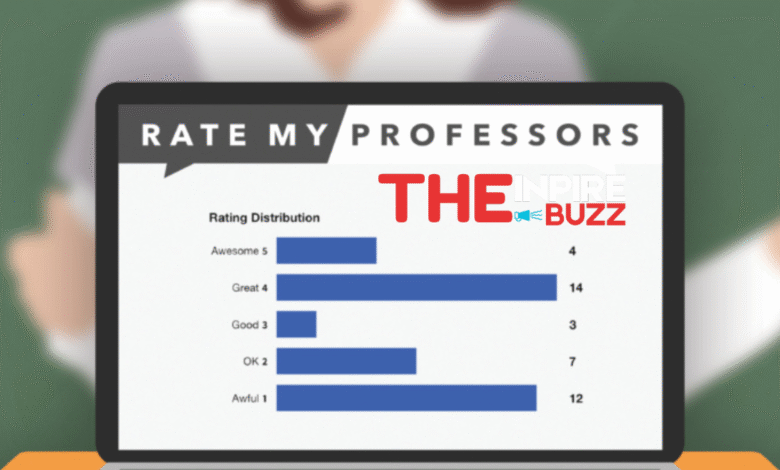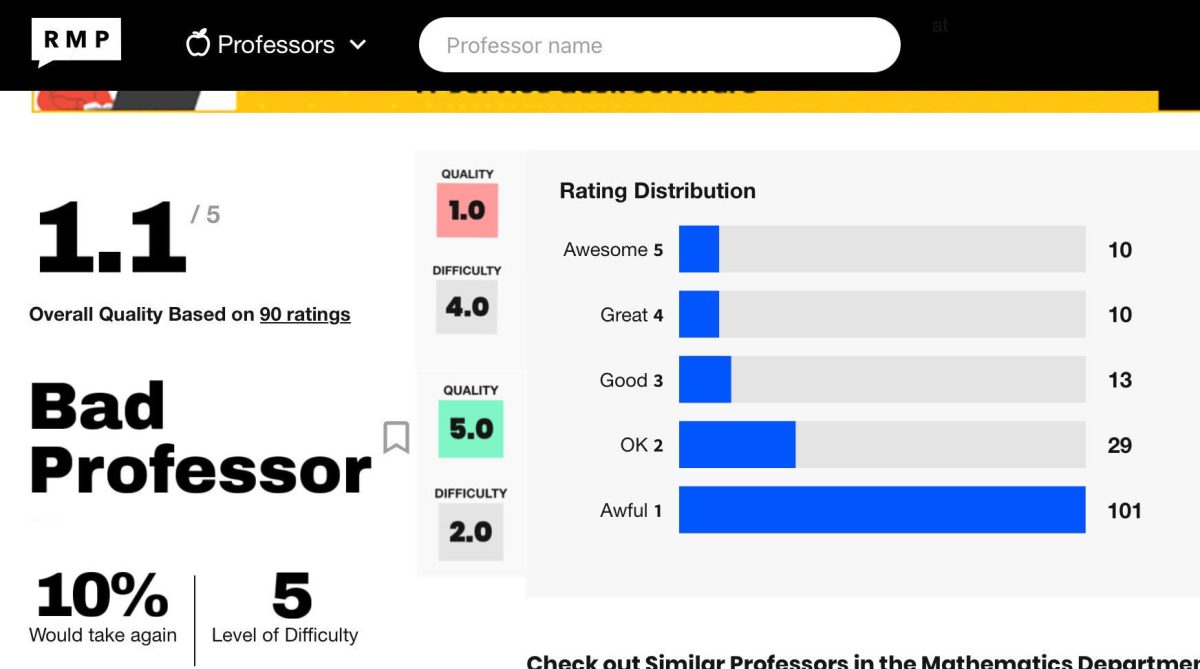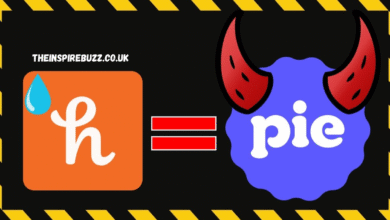Rate My Professor A Student’s Go-To Guide for Academic Choices

Choosing the right professor can sometimes feel even more stressful than choosing the right course. That’s where rate my professor comes into play. This platform has become a well-known resource for students across colleges and universities, offering firsthand insights into teaching styles, workload, and even classroom experiences. It’s more than just a rating site—it’s a place where students connect, share, and help each other navigate academic life.
Many learners check reviews before committing to classes, hoping to avoid endless late-night struggles with overly complex assignments or unclear lectures. Others use it to find professors known for their engaging teaching methods or approachable personalities. In this way, rate my professor has become an important companion tool in the academic journey.
Why Rate My Professor Matters in Today’s College Experience
In the modern classroom, students want more than just a syllabus—they want transparency. That’s where rate my professor bridges the gap. It gives students a sneak peek into the teaching style, course load, and even grading habits of instructors they haven’t yet met. Instead of blindly signing up for a course, learners can step into the semester with a sense of what to expect.
This resource matters because it creates accountability. Professors know their work is visible to a wide audience, and this can motivate them to refine their teaching strategies. At the same time, students benefit from crowdsourced advice that helps them make smarter academic decisions. It’s a win-win when used thoughtfully.
How Students Use Rate My Professor to Plan Their Schedules
When students start planning their semester, they often juggle multiple concerns: graduation requirements, part-time jobs, and social life. Adding rate my professor into the mix makes the process smoother. With just a few clicks, learners can gauge whether a particular class will be manageable alongside other commitments.
The beauty of the platform lies in its variety of voices. Some reviews may highlight humor and storytelling in lectures, while others focus on strict grading or heavy reading assignments. By scanning through multiple perspectives, students can make informed choices that align with their own learning styles and academic goals.
The Pros of Using Rating Platforms for Academic Decisions
One of the strongest advantages of a platform like rate my professor is accessibility. Students don’t need to rely solely on word of mouth anymore; they have a dedicated space to gather feedback. This democratizes information that might otherwise stay limited to a small circle of peers.
Another major benefit is the sense of community it fosters. Students may be at different campuses across the country, yet they share experiences and insights as if they were sitting in the same lounge. This collective knowledge helps future learners walk into the classroom with confidence and realistic expectations.
The Cons and Controversies Surrounding Professor Ratings
Of course, no platform is without its flaws. While rate my professor has a positive reputation, it can sometimes reflect personal bias. One student’s “too strict” professor might be another student’s “highly motivating” instructor. Reviews are subjective, and that can complicate decision-making.
Another common concern is fairness. Professors have argued that students may focus more on personal preferences than teaching quality. For example, a professor who challenges students with tough assignments might receive lower ratings compared to one who gives out easier grades, even if both are equally skilled educators.
What Professors Think About Student Ratings
From the other side of the podium, many professors have a complicated relationship with rate my professor. Some embrace the feedback, seeing it as a way to reflect on their teaching and improve classroom experiences. For them, the platform is another form of constructive criticism.
Others, however, see it as an unreliable source. Unlike formal evaluations conducted by universities, online ratings are voluntary and may not represent the majority of the class. Professors who dedicate years to building strong curriculums may feel disheartened if a handful of negative reviews dominate their profile.
The Psychology Behind Why Students Leave Reviews

It’s fascinating to consider why students leave feedback on platforms like rate my professor. For some, it’s about giving back to the community—they want to help the next group of learners avoid potential pitfalls. For others, it’s about expressing frustration after a difficult semester.
Interestingly, many reviews also reflect gratitude. Students often highlight professors who went the extra mile to support them, whether through office hours, flexibility, or encouragement. These positive notes are just as important as the critical ones, showing the dual role of the platform as both a critique tool and a space of appreciation.
How Rate My Professor Compares to University Evaluations
Most colleges already conduct end-of-semester evaluations, but these are typically private and used internally. The difference with rate my professor is its public nature. Students across campuses can access the information instantly without waiting for official channels.
While university evaluations are valuable for administrators, they don’t provide immediate transparency for students choosing next semester’s classes. This is where online platforms gain an edge, offering real-time, student-focused insights that guide course selection.
Tips for Reading Ratings Without Misinterpretation
To use rate my professor effectively, it’s important to read reviews with a critical eye. One or two extreme comments shouldn’t dictate your decision. Instead, look for patterns. If multiple students mention heavy reading loads or engaging lectures, that’s likely a reliable indicator.
It’s also smart to consider the tone of the review. A balanced comment that acknowledges both strengths and weaknesses is usually more trustworthy than one that sounds overly emotional. By approaching ratings thoughtfully, students can avoid misinterpretation and make better choices.
The Future of Online Professor Reviews
As technology continues to shape education, platforms like rate my professor will likely evolve. We might see integrations with official campus systems, more structured rating categories, or even multimedia feedback from students. The possibilities are expanding as online learning grows.
In the future, professor ratings may go beyond star systems and comment boxes. With AI and analytics, students could receive more personalized recommendations about which instructors fit their learning styles. The concept is already powerful, but its potential is even greater.
FAQs About Rate My Professor
Is rate my professor reliable?
It’s as reliable as any crowdsourced platform. The key is to read multiple reviews to spot consistent trends instead of relying on a single opinion.
Do professors see the ratings?
Yes, the ratings are public, and many professors check them. Some take feedback seriously and even adjust their teaching accordingly.
Can anyone leave a review?
Typically, only students who have taken the class should leave reviews, but the site doesn’t have strict verification. That’s why balance is important when interpreting feedback.
Should I use it for every class choice?
It’s a helpful resource, but it should not be the only factor. Consider your personal learning style, the course syllabus, and advice from academic advisors too.




